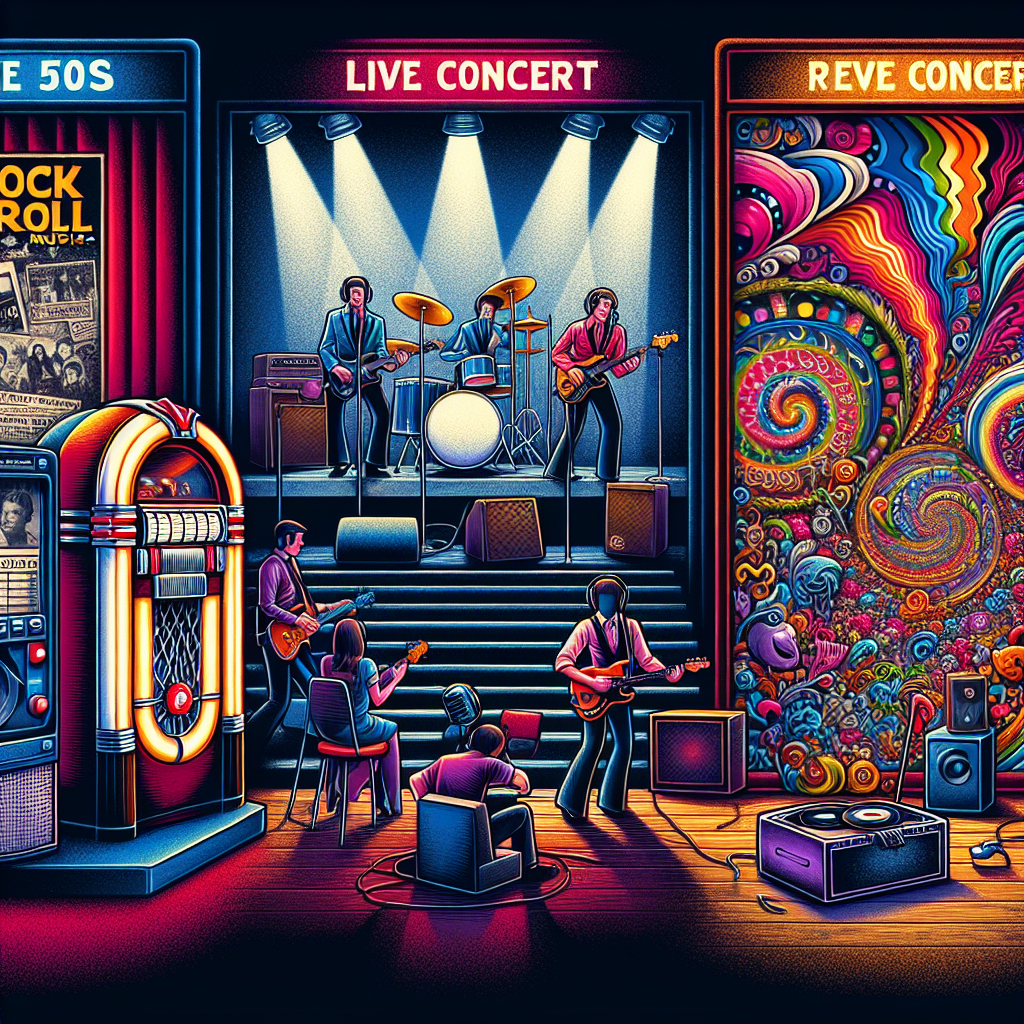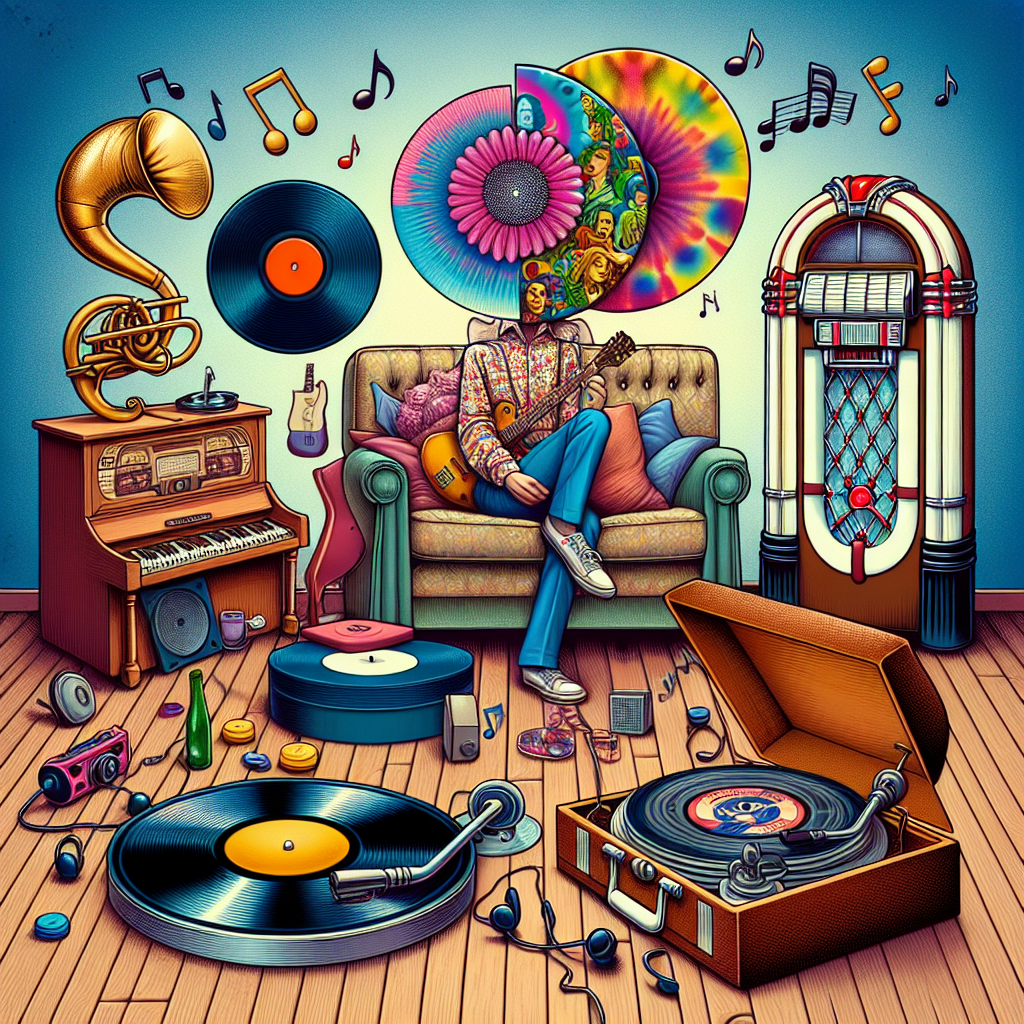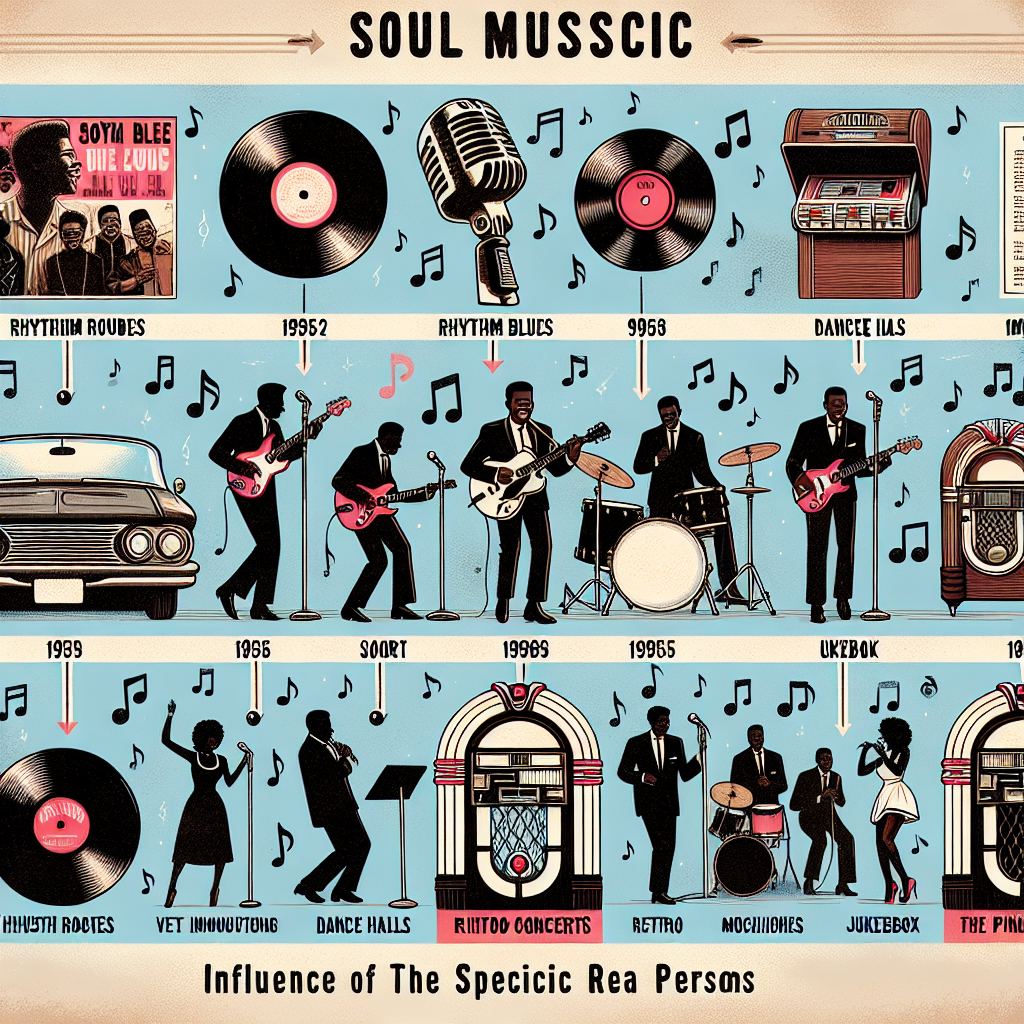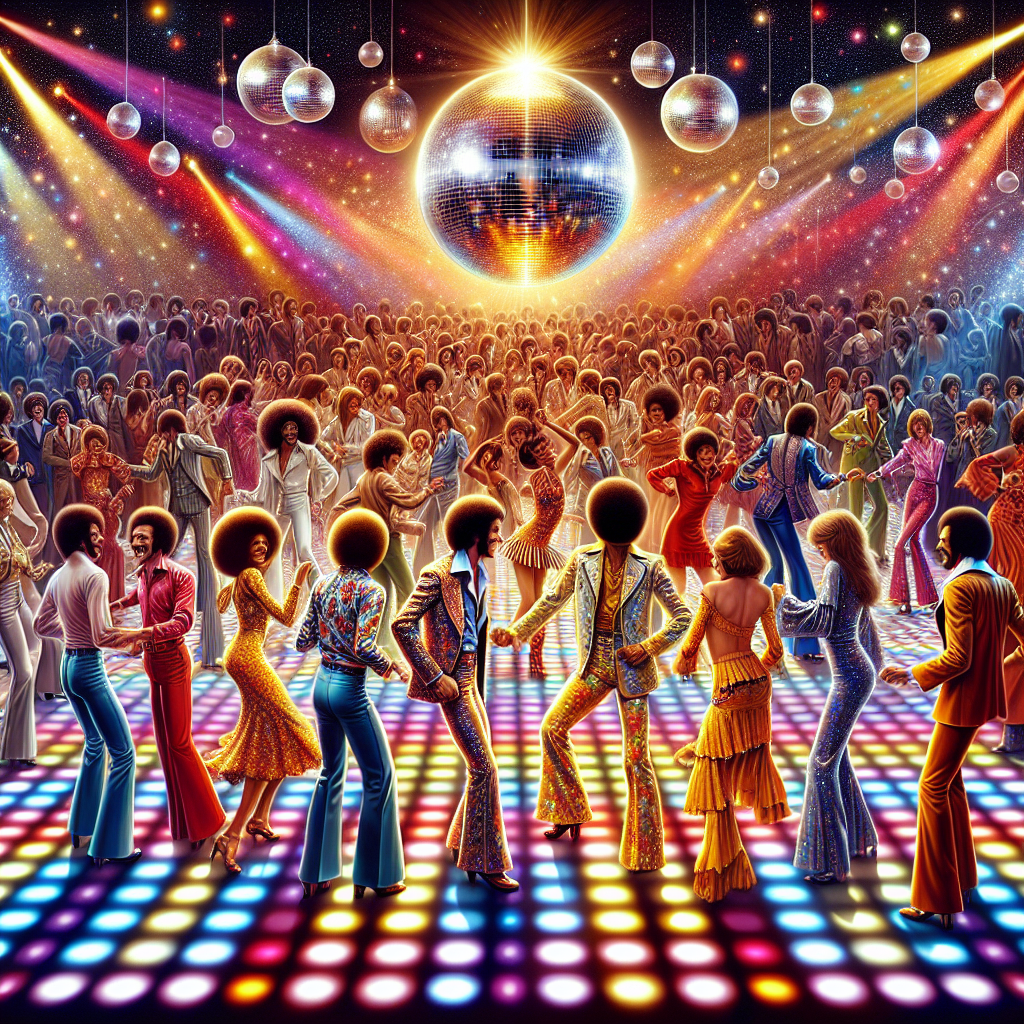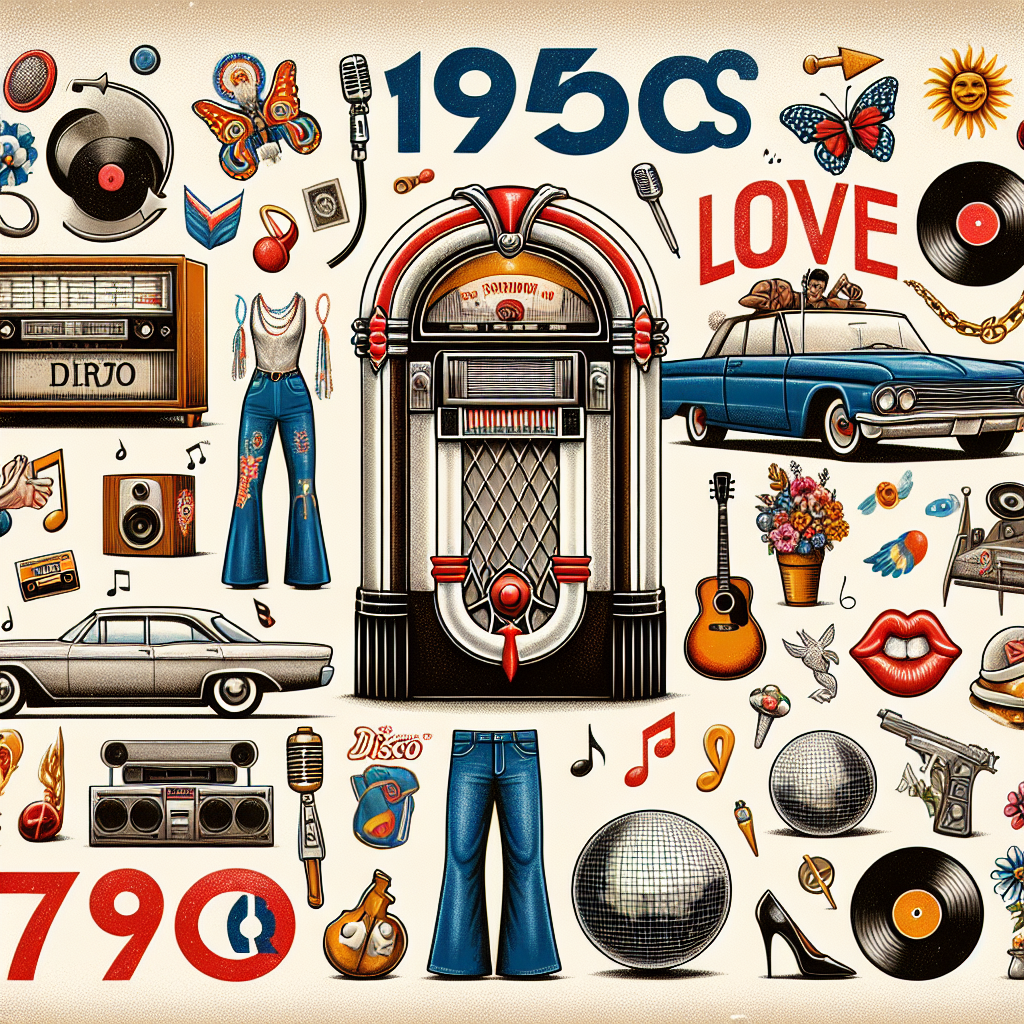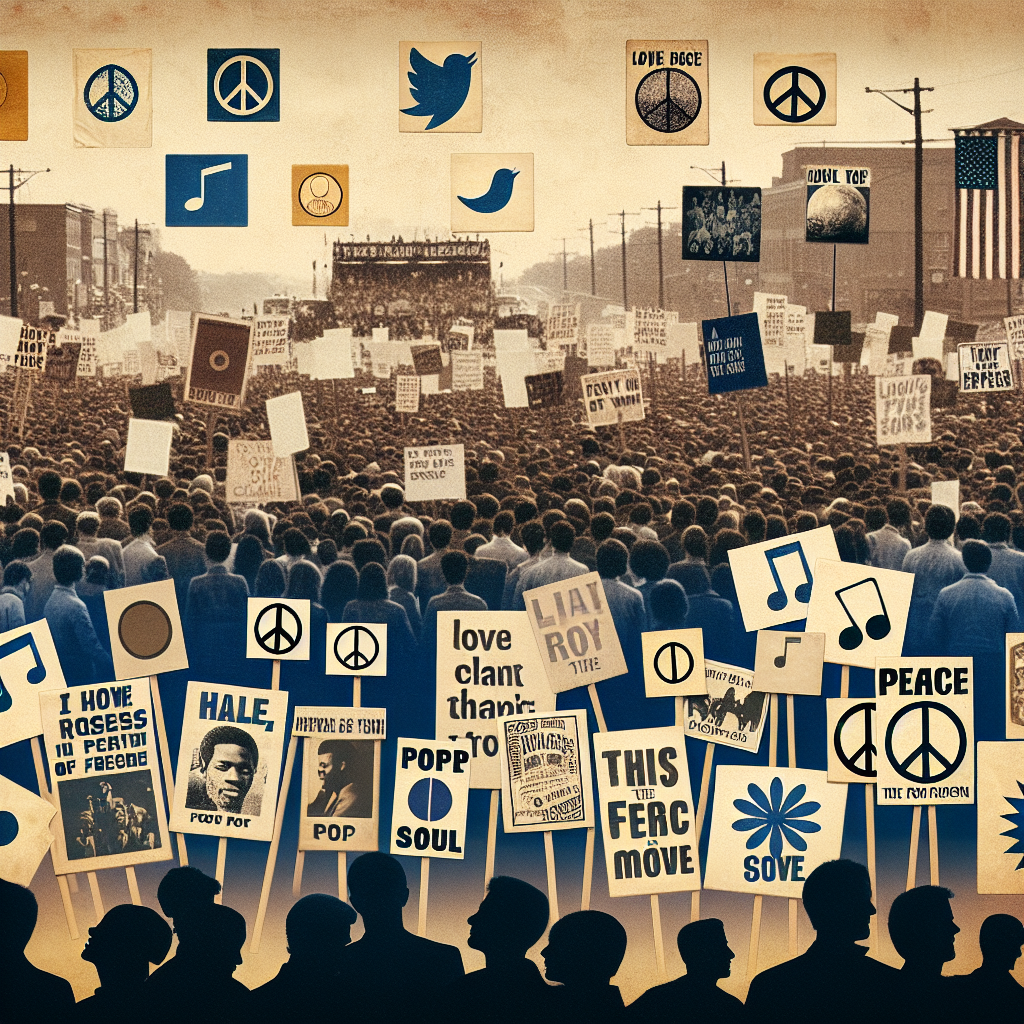Are you ready to take a trip down memory lane and revisit the top hits of the 50’s, 60’s, and 70’s? These decades were filled with iconic music, culture, politicians, fashion, and technology that shaped our world today.
The music of these decades was truly something special. From rock ‘n’ roll to Motown to psychedelic rock, there was something for everyone to enjoy. Artists like Elvis Presley, The Beatles, and Aretha Franklin dominated the charts and left a lasting impact on the music industry.
But it wasn’t just the music that defined these decades – it was also the culture. The civil rights movement of the 60’s brought about significant change in society, while the counterculture movement of the 70’s challenged traditional norms and values. Politicians like John F. Kennedy and Martin Luther King Jr. inspired hope and progress during turbulent times.
And let’s not forget about the fashion of these decades! From poodle skirts to bell-bottoms to platform shoes, there was no shortage of style trends to rock. Technology also made significant advancements during this time, with inventions like the television and personal computer changing the way we live our lives.
Overall, looking back at the top hits of the 50’s, 60’s, and 70’s is a nostalgic experience that reminds us of simpler times and timeless music. So put on your favorite record from one of these decades and take a trip down memory lane – you won’t regret it!

